London’s Sloane Street has been transformed into a ‘green boulevard’
Iconic shopping destination Sloane Street has had a facelift, now boasting wider pavements, enhanced seating and lighting, and a massive planting scheme
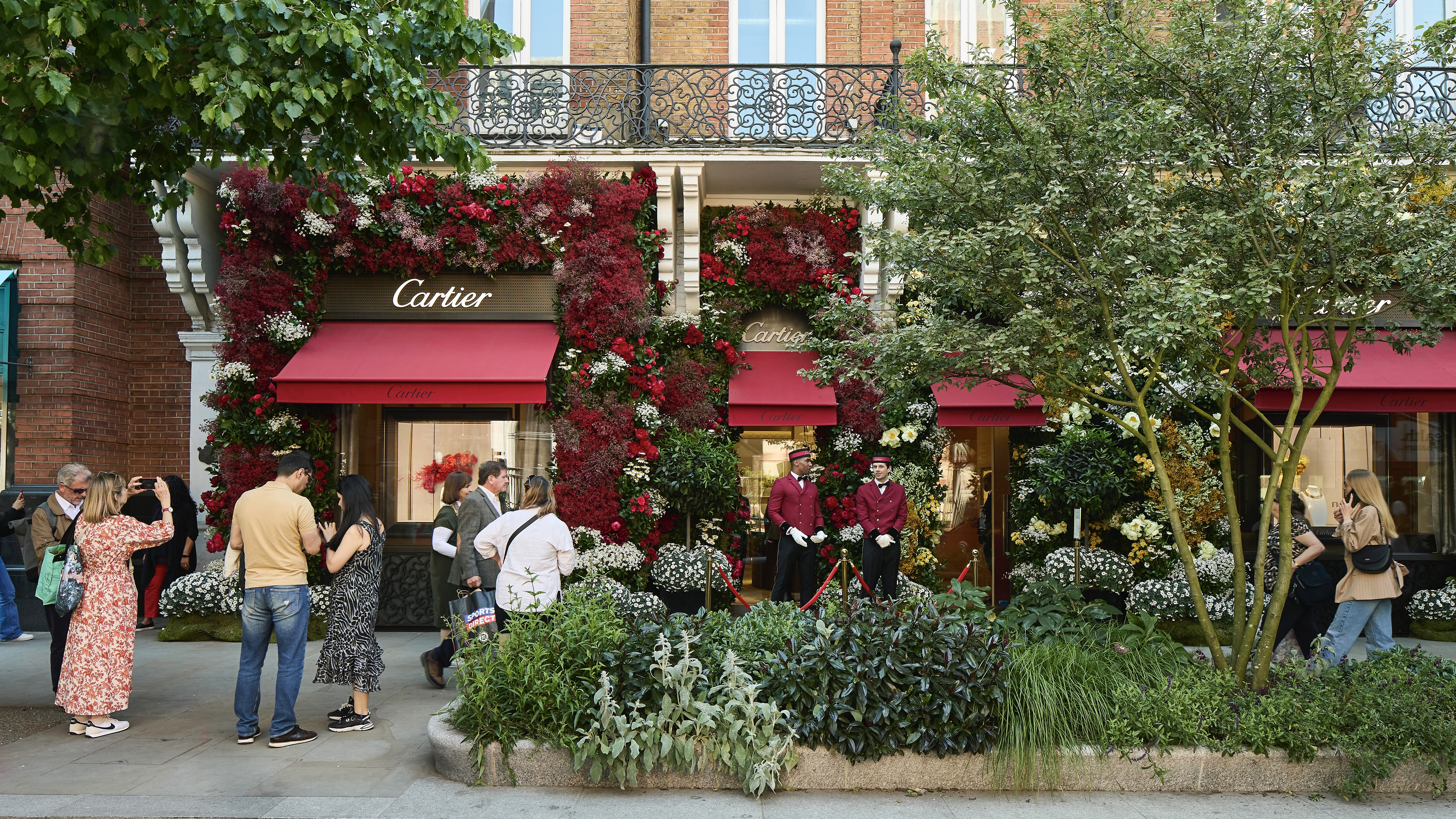
Last week marked the completion of the transformation of London’s Sloane Street – a project described by property management company, Cadogan Estates, as ‘one of the most significant streetscape improvements in almost 250 years’. The Chelsea address, which is known for its luxury shopping offering, has been turned into a ‘green boulevard’.
The plan was overseen by architecture practice John McAslan + Partners, whose chair, John McAslan, has described how Sloane Street’s generous width and architectural asymmetry allowed for the creation of a ‘grand boulevard’, with the objective of ‘enhancing wellbeing and increasing dwell time’. ‘Green infrastructure and a horticulturally-driven design’ have been implemented, as well as measures for ‘strengthening security and easing traffic’.
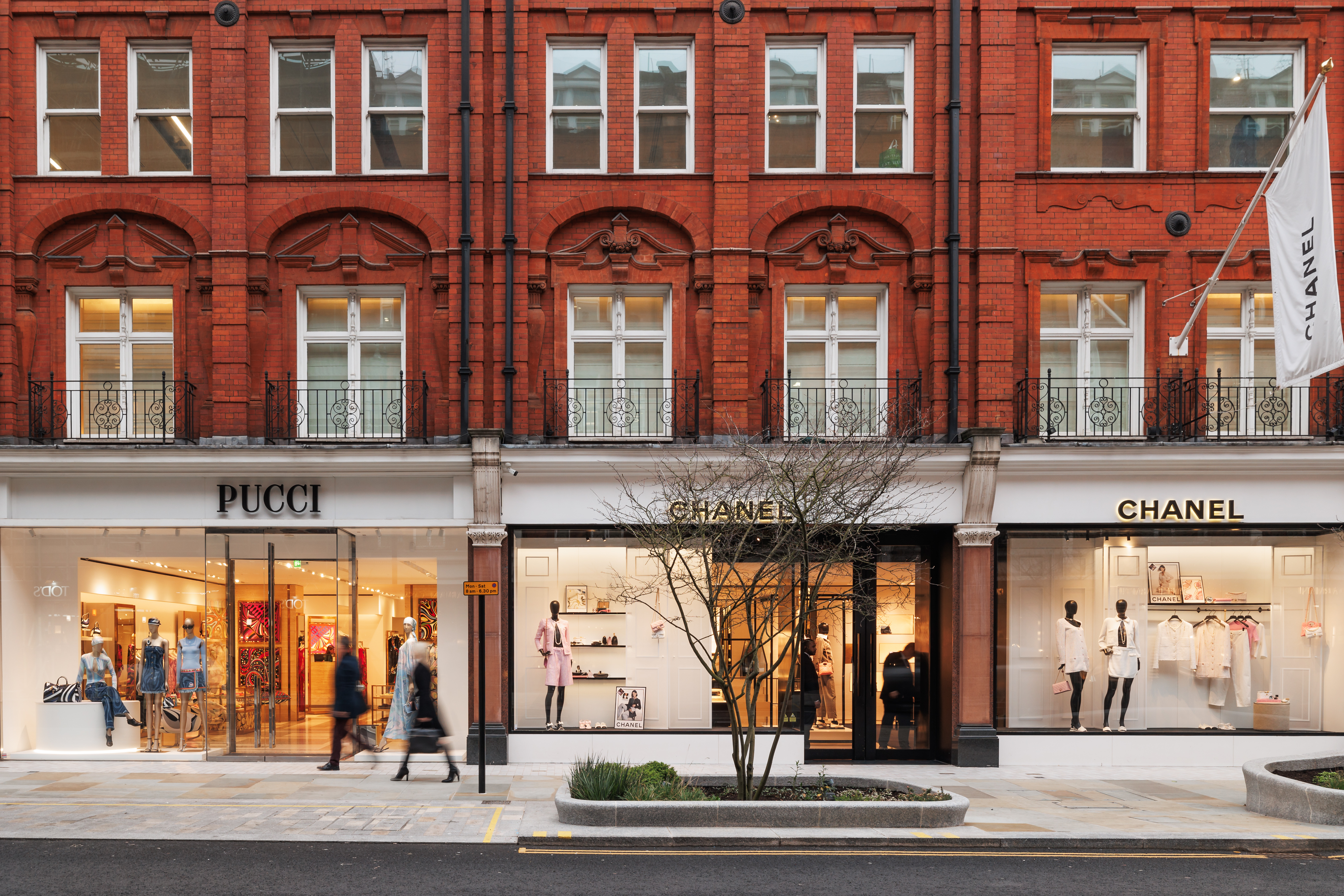
Sloane Street's transformation
The one-kilometre boulevard, which stretches from Knightsbridge to Sloane Square, has undergone a ‘greening’ achieved by a massive planting scheme inspired by the horticultural heritage of Chelsea, conceived by Flower Show-winner Andy Sturgeon. This scheme introduced more than 100 new trees, following a ‘royal’ colour palette of reds, purples and blues. The plants will offer year-round splendour with flowers, berries and a sculptural branch structure in winter.
A more pedestrian-friendly environment has been implemented by widening the pavement by 23 percent. Lighting has also been enhanced and street furniture introduced. Other changes include the introduction of granite and brass studs demarcating reconfigured parking bays; planters that act as a physical buffer between traffic and pedestrians; and artisanal iron lighting columns inspired by the Holy Trinity Church on Sloane Street.
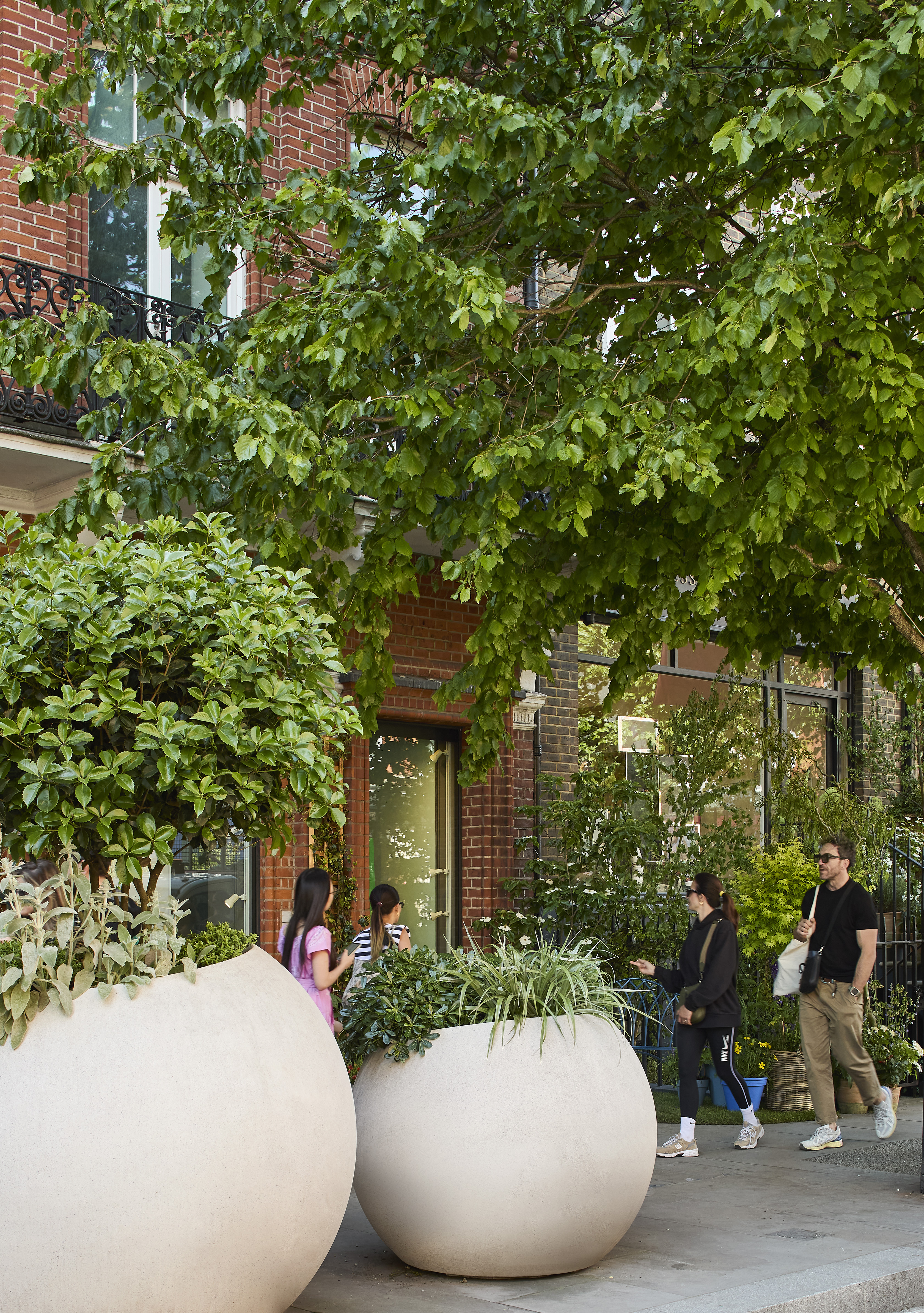
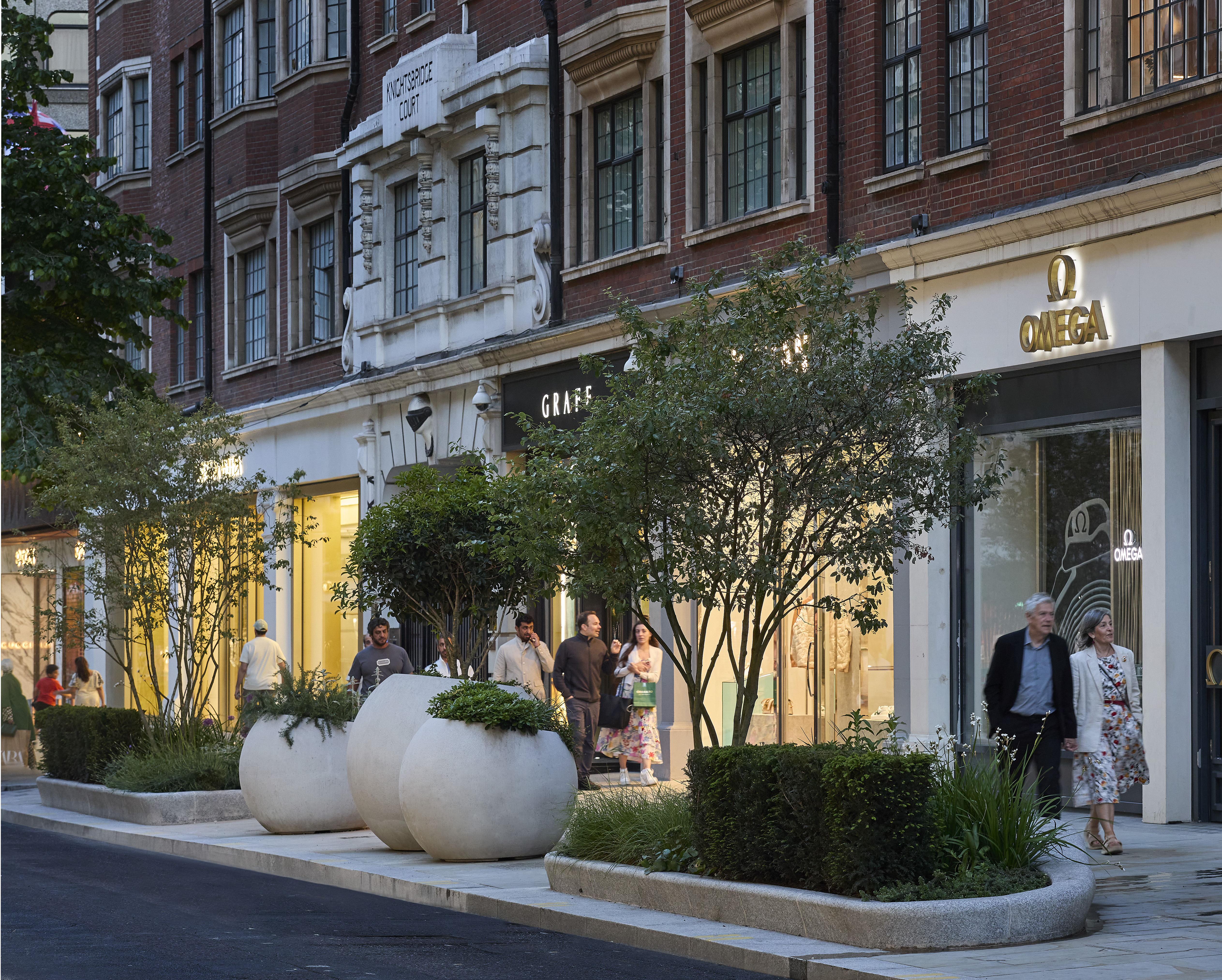
McAslan has also described how the plan ‘enriches biodiversity and ensures a lasting environmental legacy’ for Sloane Street by implementing sustainability measures such as the use of UK-sourced stone, drought-resistant plants, and LED lighting to reduce energy consumption.
The history of Sloane Street
Sloane Street was originally commissioned by the 1st Earl Cadogan in the 18th century. 300 years later, the site is still owned by the same family, now the Cadogan Group, which is the main landlord in Chelsea and Knightsbridge, and the second-largest of the surviving aristocratic freehold estates after the Grosvenor Estate (comprising Mayfair and Belgravia). Cadogan invested £46 million in this project.
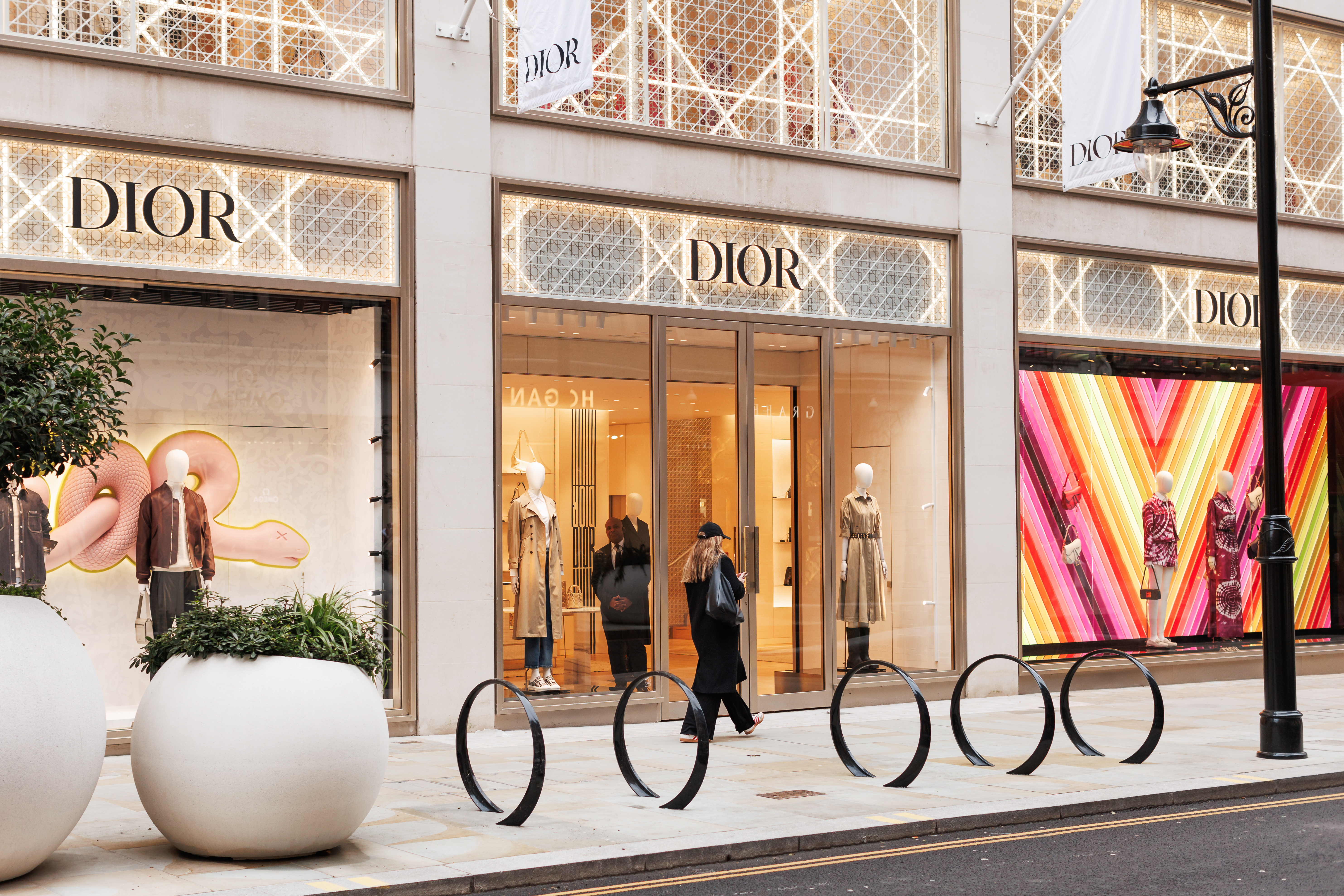
Today, Sloane Street is a London institution. In the 1990s, the Chelsea address became synonymous with the ‘Sloane Ranger’, the nickname given to the upper class young women who frequented the area and its proliferation of flagship stores for many of the biggest brands in fashion. The recent improvements to Sloane Street, argues McAslan, means that it now rivals the grandeur of Avenue Montaigne in Paris and Via Condotti in Rome.
Wallpaper* Newsletter
Receive our daily digest of inspiration, escapism and design stories from around the world direct to your inbox.
It all speaks to the question of how you create welcoming urban environments. In this case, the answer seems to be a combination of spaciousness, greenery, lighting and other meticulously-thought-out details, down to the warm hue of the Yorkstone that lines the street.
Anna Solomon is Wallpaper*’s Digital Staff Writer, working across all of Wallpaper.com’s core pillars, with special interests in interiors and fashion. Before joining the team in 2025, she was Senior Editor at Luxury London Magazine and Luxurylondon.co.uk, where she wrote about all things lifestyle and interviewed tastemakers such as Jimmy Choo, Michael Kors, Priya Ahluwalia, Zandra Rhodes and Ellen von Unwerth.
-
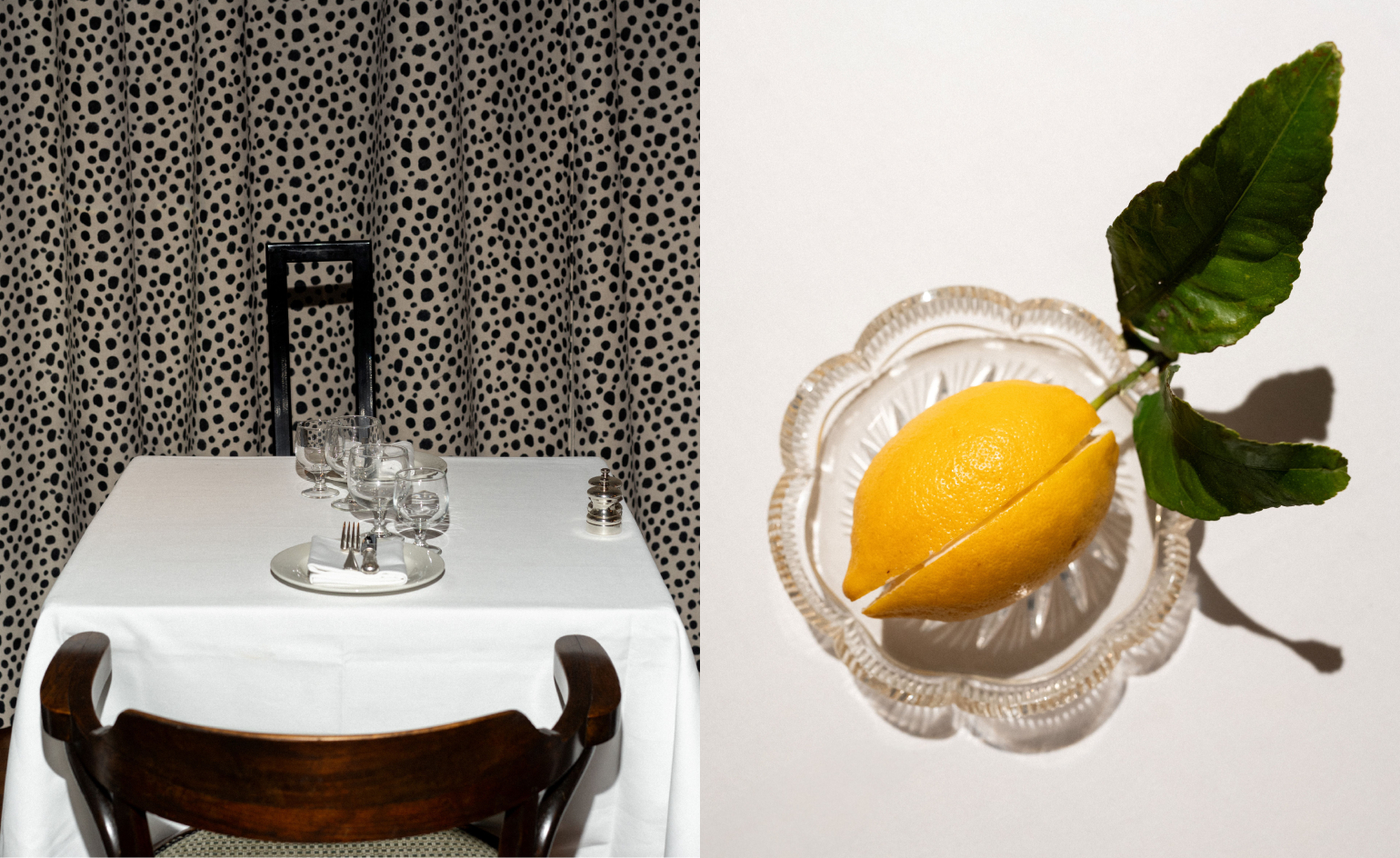 Marylebone restaurant Nina turns up the volume on Italian dining
Marylebone restaurant Nina turns up the volume on Italian diningAt Nina, don’t expect a view of the Amalfi Coast. Do expect pasta, leopard print and industrial chic
By Sofia de la Cruz
-
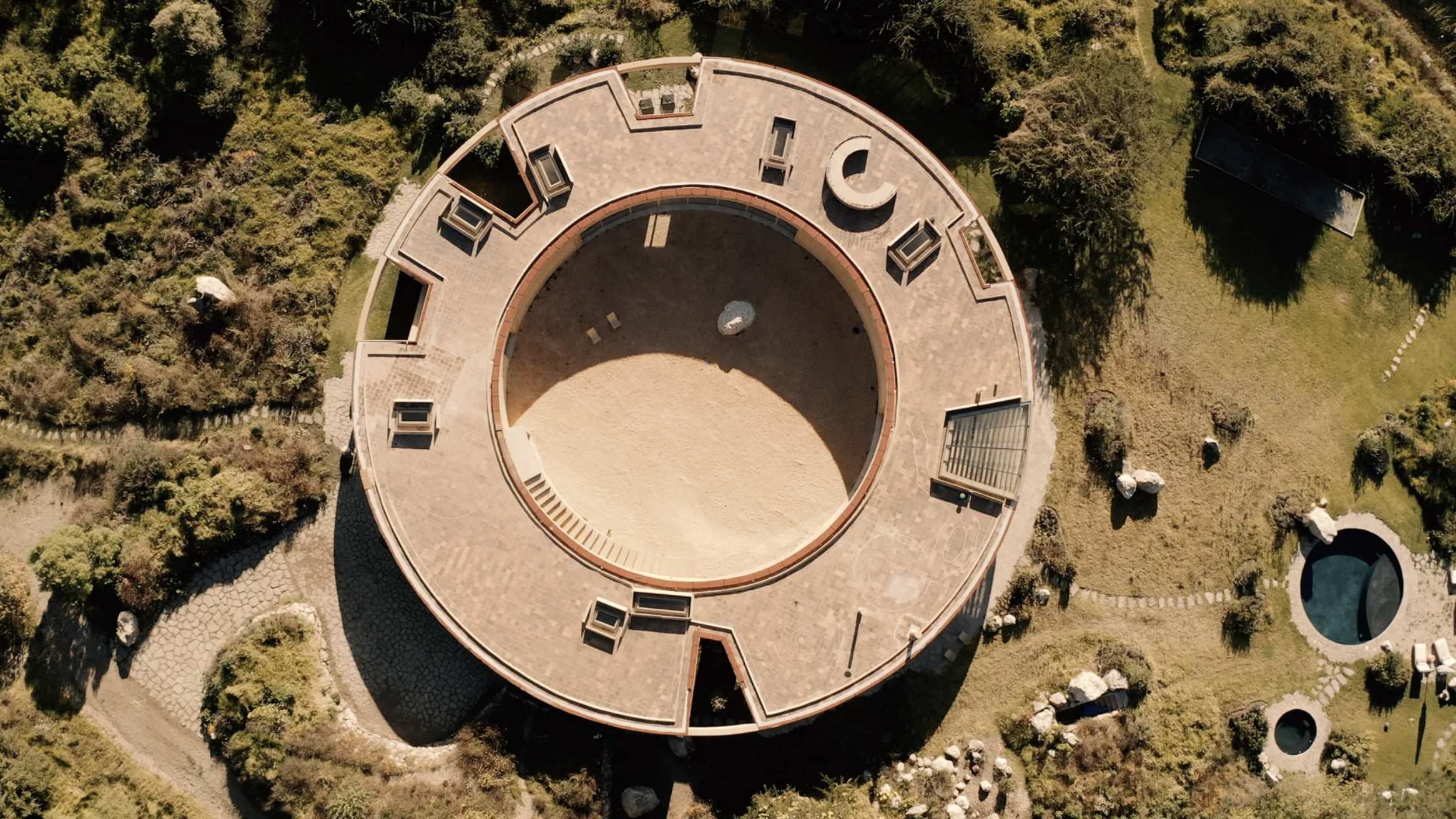 Tour the wonderful homes of ‘Casa Mexicana’, an ode to residential architecture in Mexico
Tour the wonderful homes of ‘Casa Mexicana’, an ode to residential architecture in Mexico‘Casa Mexicana’ is a new book celebrating the country’s residential architecture, highlighting its influence across the world
By Ellie Stathaki
-
 Jonathan Anderson is heading to Dior Men
Jonathan Anderson is heading to Dior MenAfter months of speculation, it has been confirmed this morning that Jonathan Anderson, who left Loewe earlier this year, is the successor to Kim Jones at Dior Men
By Jack Moss
-
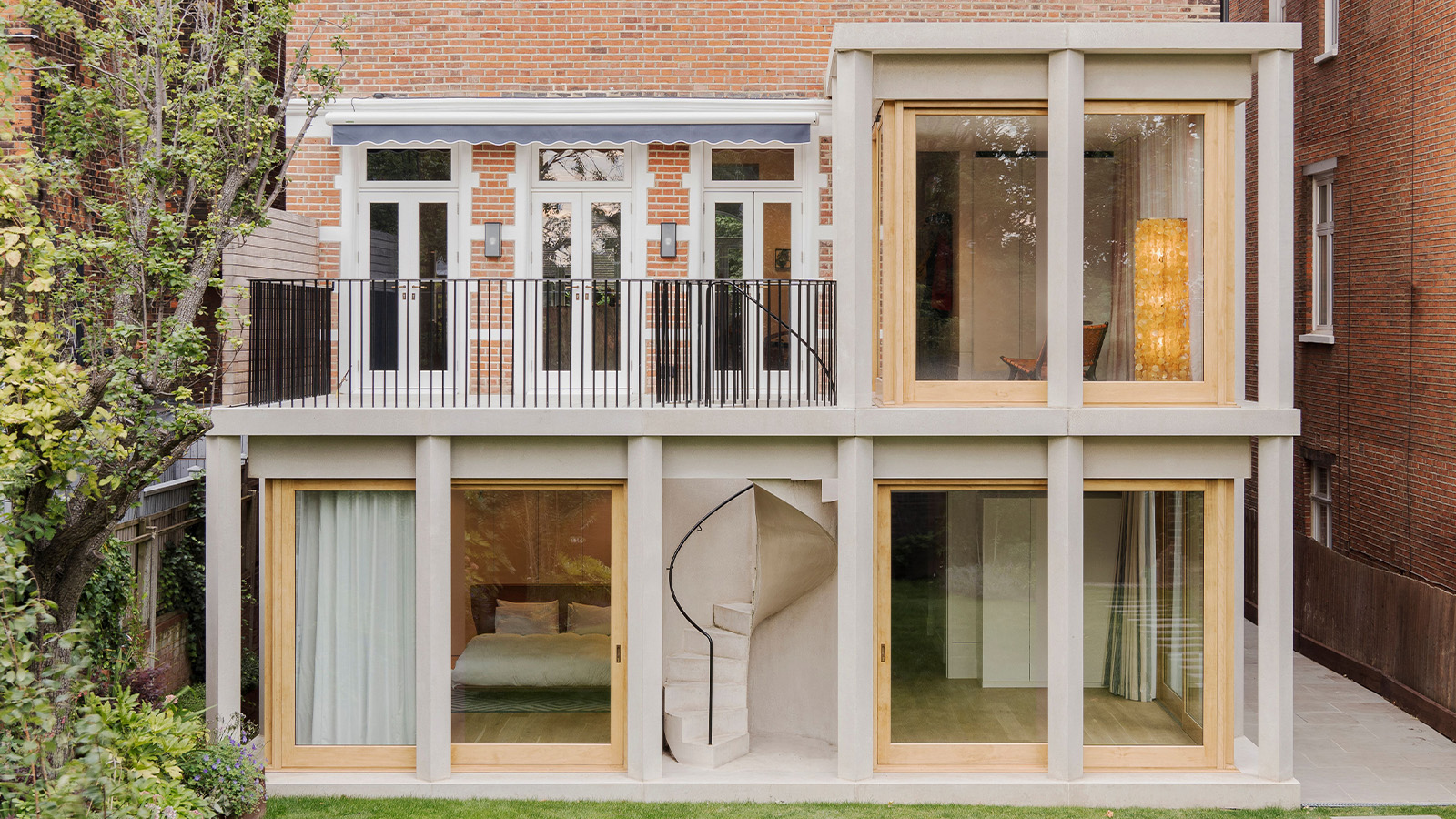 This 19th-century Hampstead house has a raw concrete staircase at its heart
This 19th-century Hampstead house has a raw concrete staircase at its heartThis Hampstead house, designed by Pinzauer and titled Maresfield Gardens, is a London home blending new design and traditional details
By Tianna Williams
-
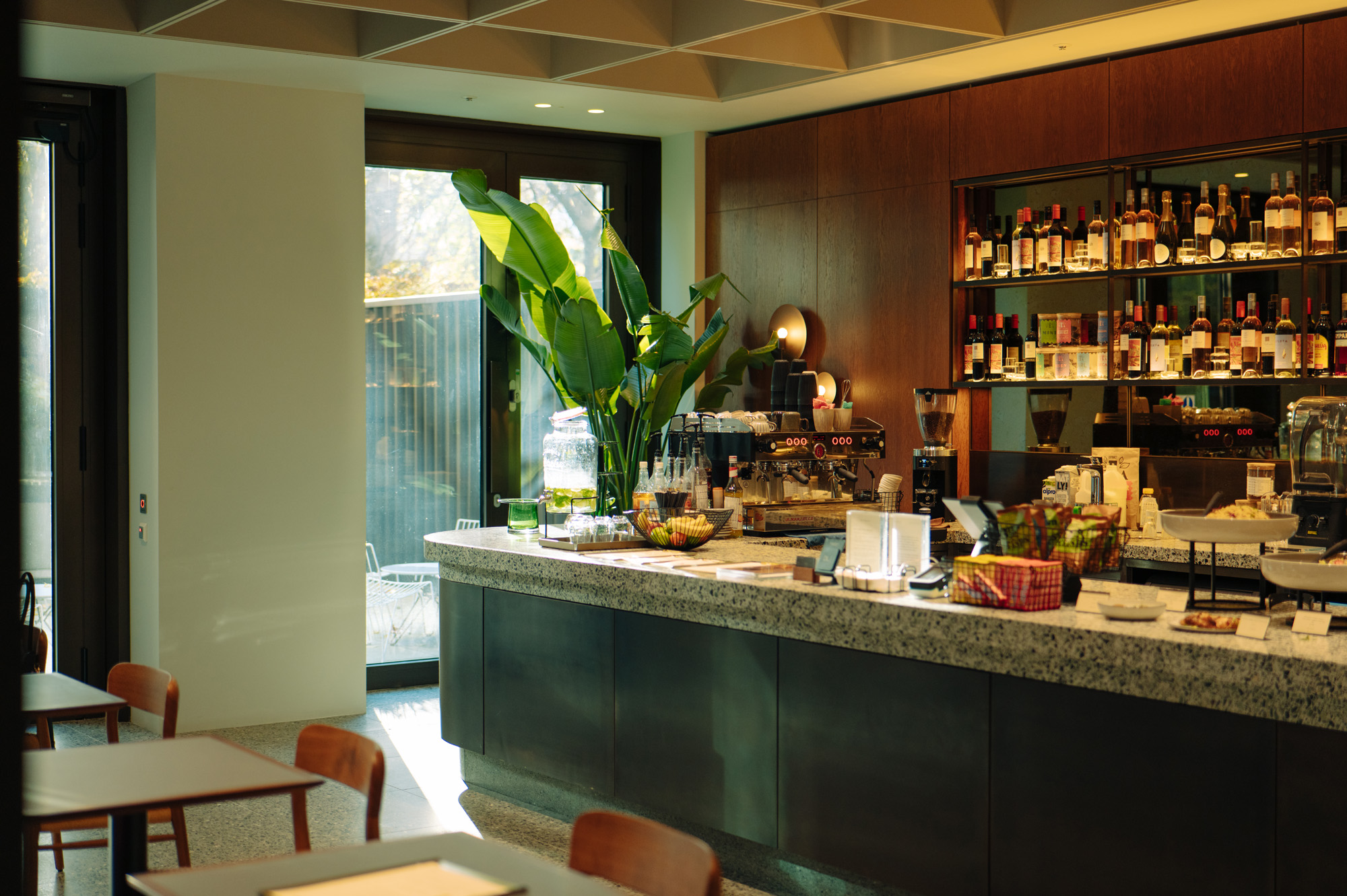 Are Derwent London's new lounges the future of workspace?
Are Derwent London's new lounges the future of workspace?Property developer Derwent London’s new lounges – created for tenants of its offices – work harder to promote community and connection for their users
By Emily Wright
-
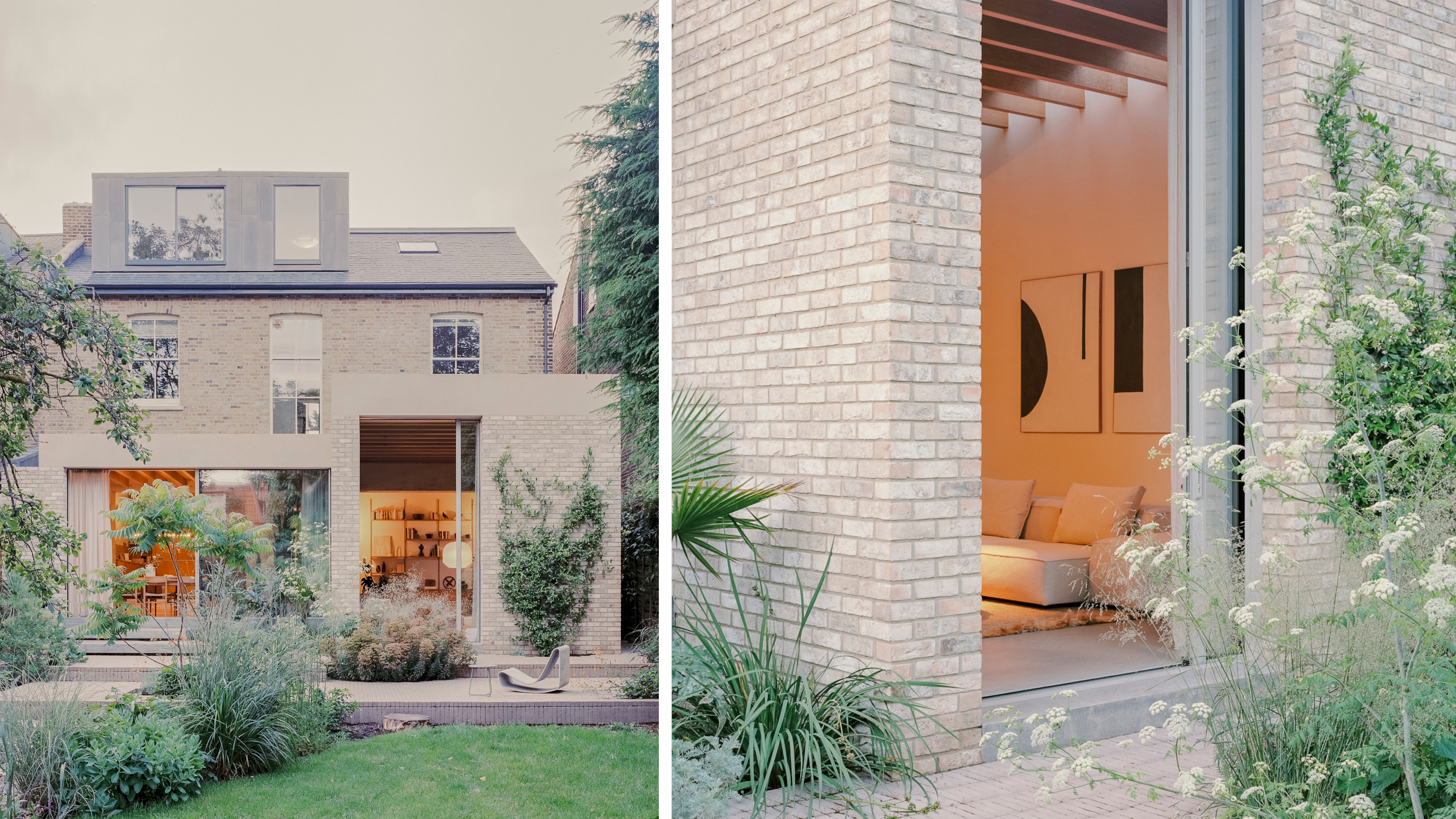 A new concrete extension opens up this Stoke Newington house to its garden
A new concrete extension opens up this Stoke Newington house to its gardenArchitects Bindloss Dawes' concrete extension has brought a considered material palette to this elegant Victorian family house
By Jonathan Bell
-
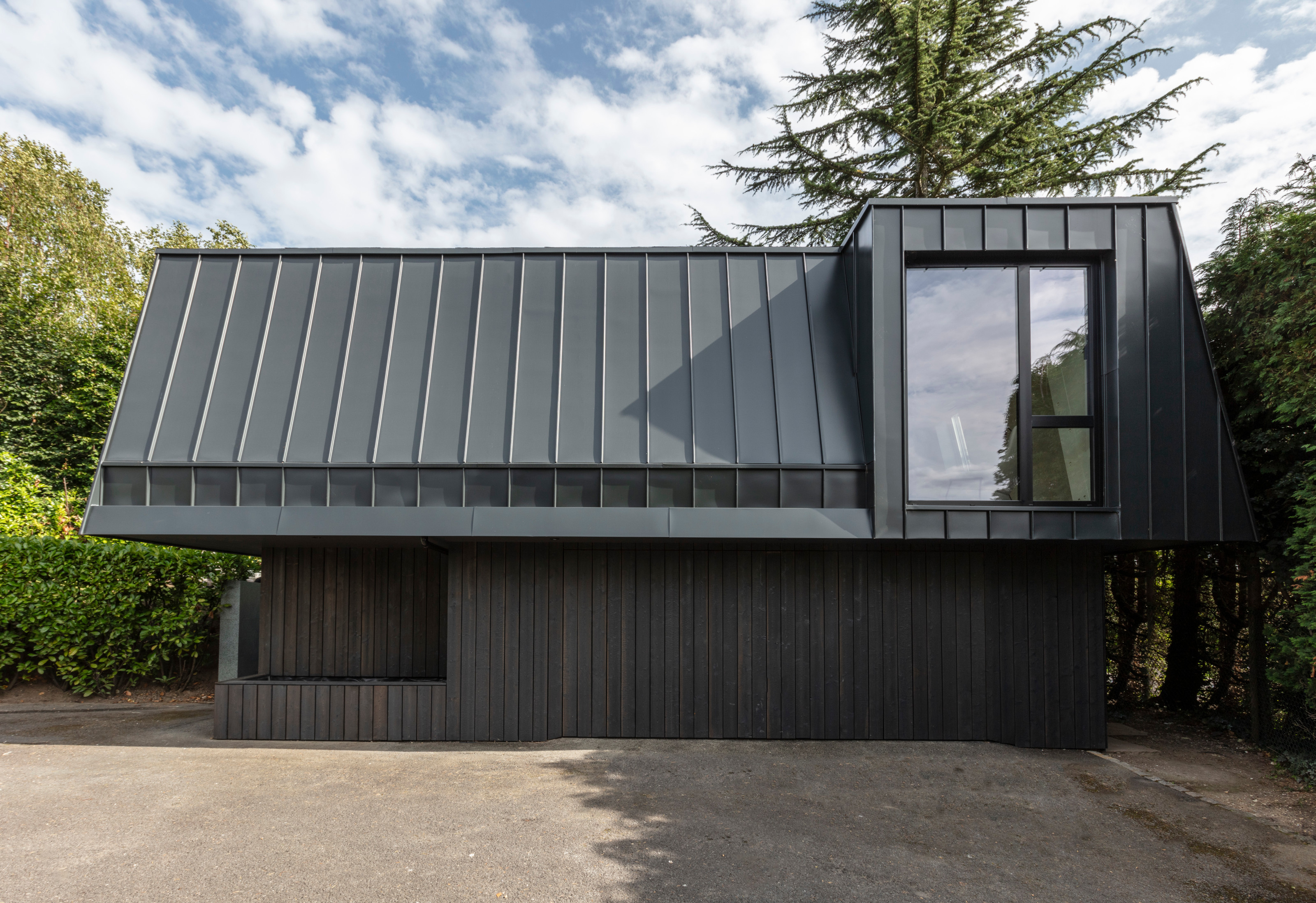 A former garage is transformed into a compact but multifunctional space
A former garage is transformed into a compact but multifunctional spaceA multifunctional, compact house by Francesco Pierazzi is created through a unique spatial arrangement in the heart of the Surrey countryside
By Jonathan Bell
-
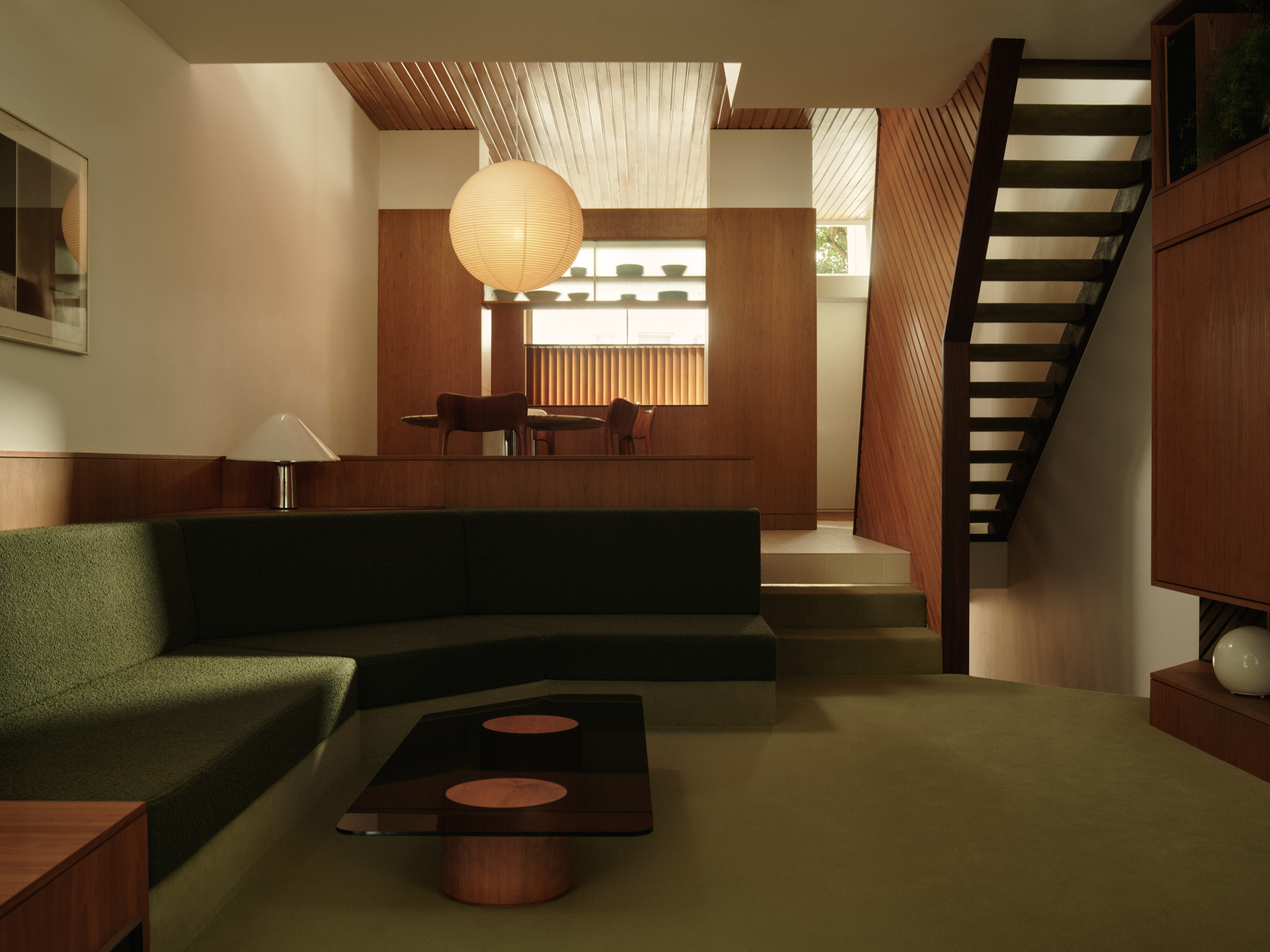 A 1960s North London townhouse deftly makes the transition to the 21st Century
A 1960s North London townhouse deftly makes the transition to the 21st CenturyThanks to a sensitive redesign by Studio Hagen Hall, this midcentury gem in Hampstead is now a sustainable powerhouse.
By Ellie Stathaki
-
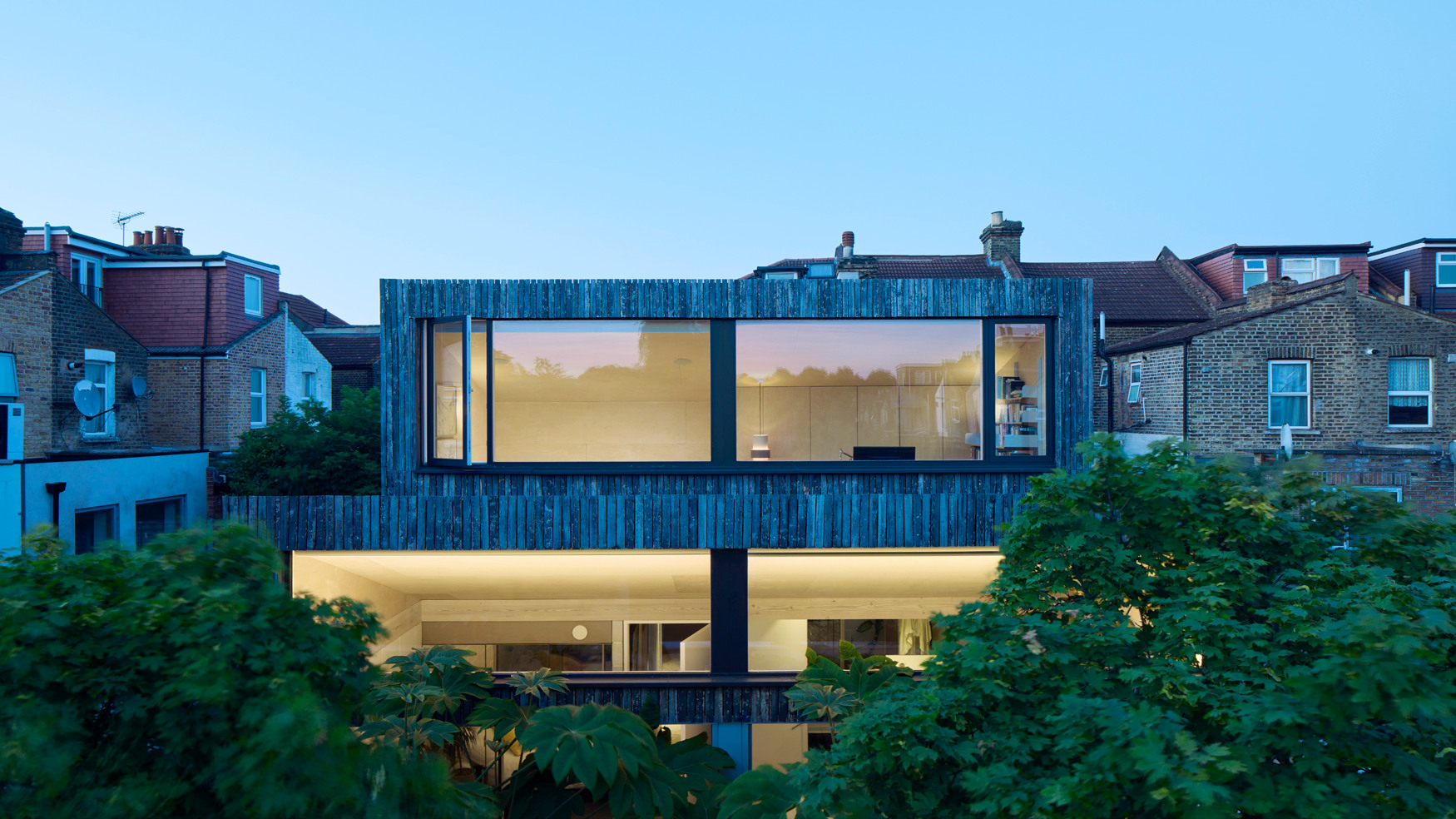 An architect’s own home offers a refined and leafy retreat from its East London surroundings
An architect’s own home offers a refined and leafy retreat from its East London surroundingsStudioshaw has completed a courtyard house in amongst a cluster of traditional terraced houses, harnessing the sun and plenty of greenery to bolster privacy and warmth
By Jonathan Bell
-
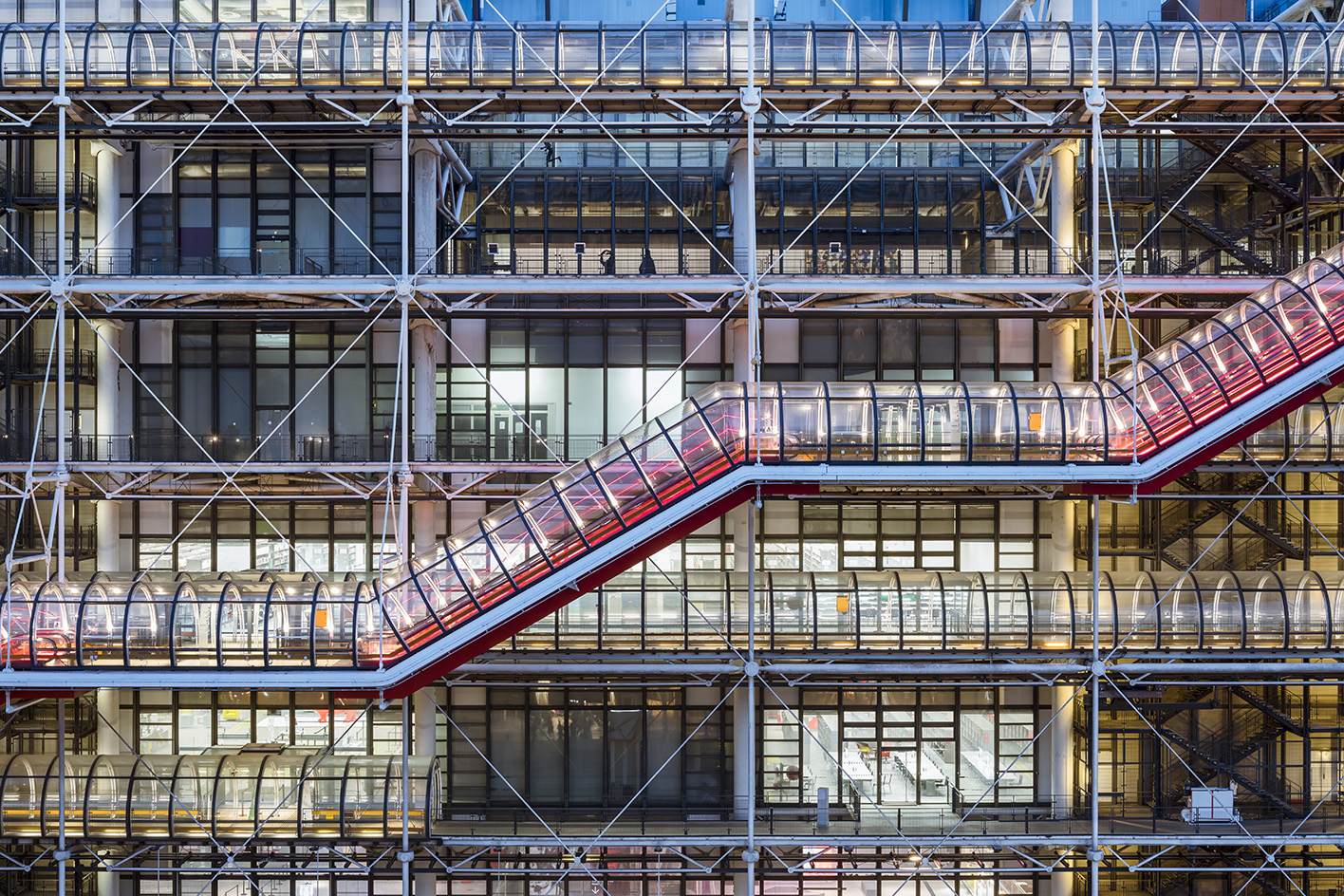 The museum of the future: how architects are redefining cultural landmarks
The museum of the future: how architects are redefining cultural landmarksWhat does the museum of the future look like? As art evolves, so do the spaces that house it – pushing architects to rethink form and function
By Katherine McGrath
-
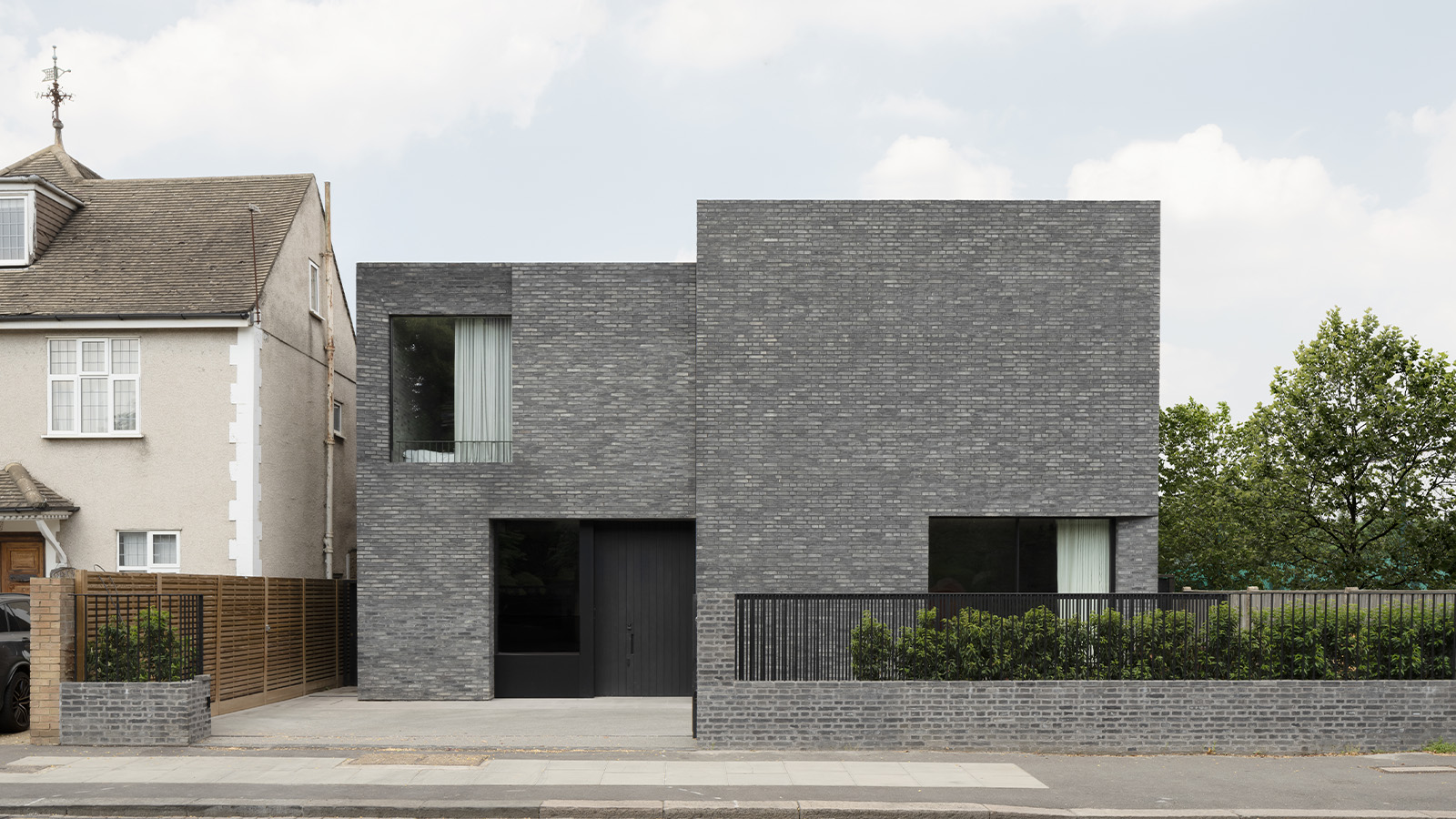 'Bold and unapologetic', this contemporary Wimbledon home replaces a 1970s house on site
'Bold and unapologetic', this contemporary Wimbledon home replaces a 1970s house on siteThis grey-brick Wimbledon home by McLaren Excell is a pairing of brick and concrete, designed to be mysterious
By Tianna Williams